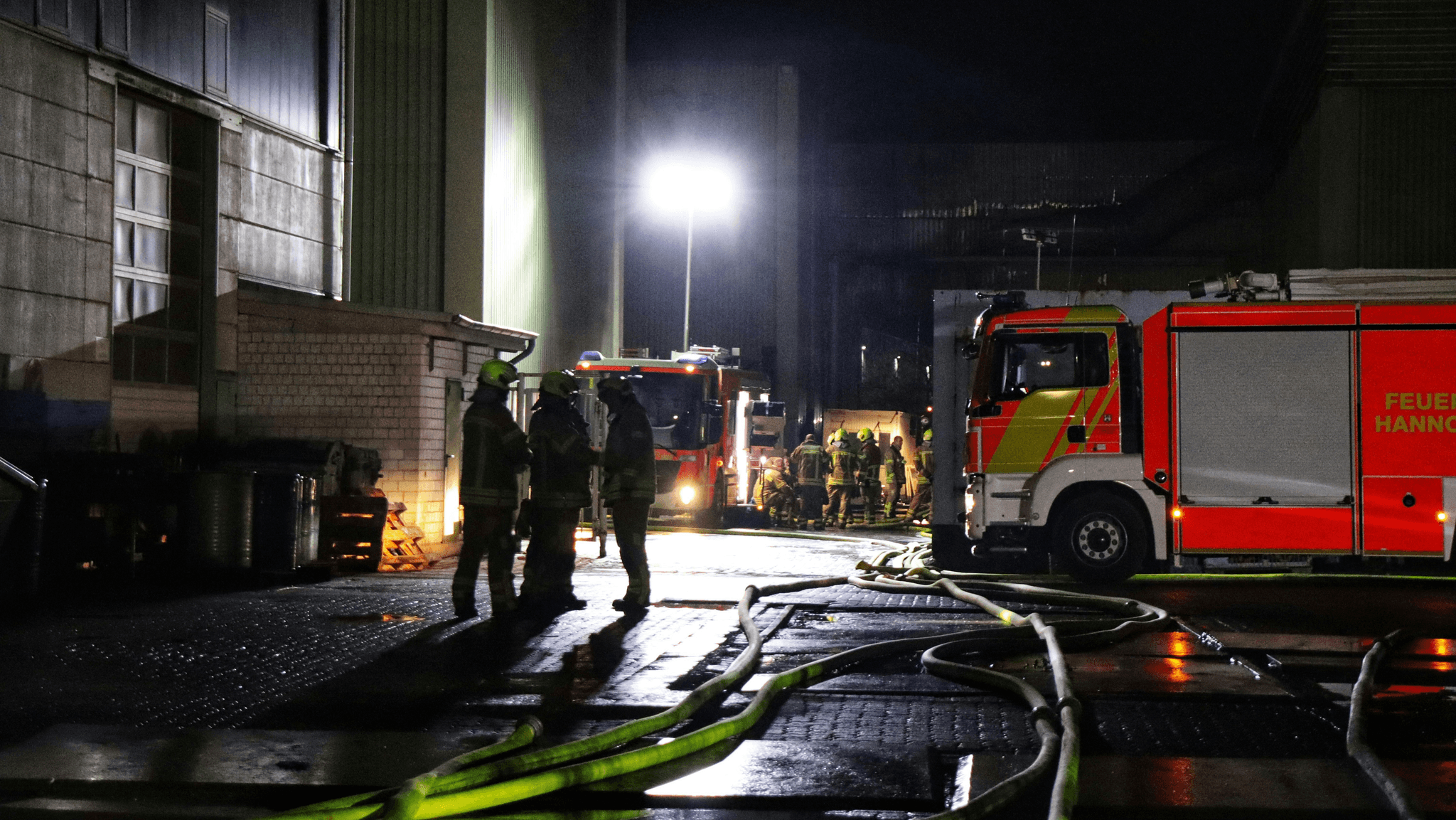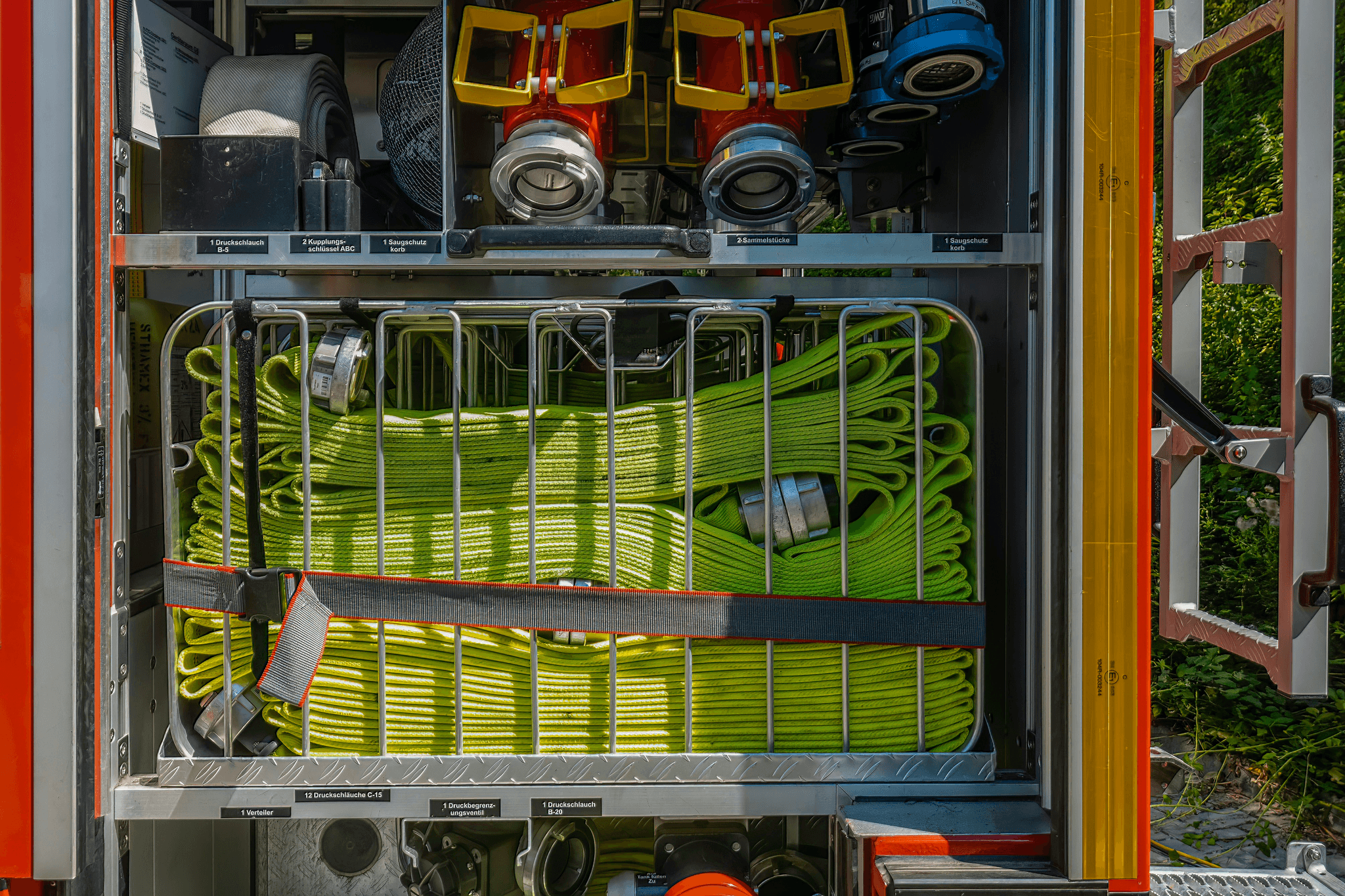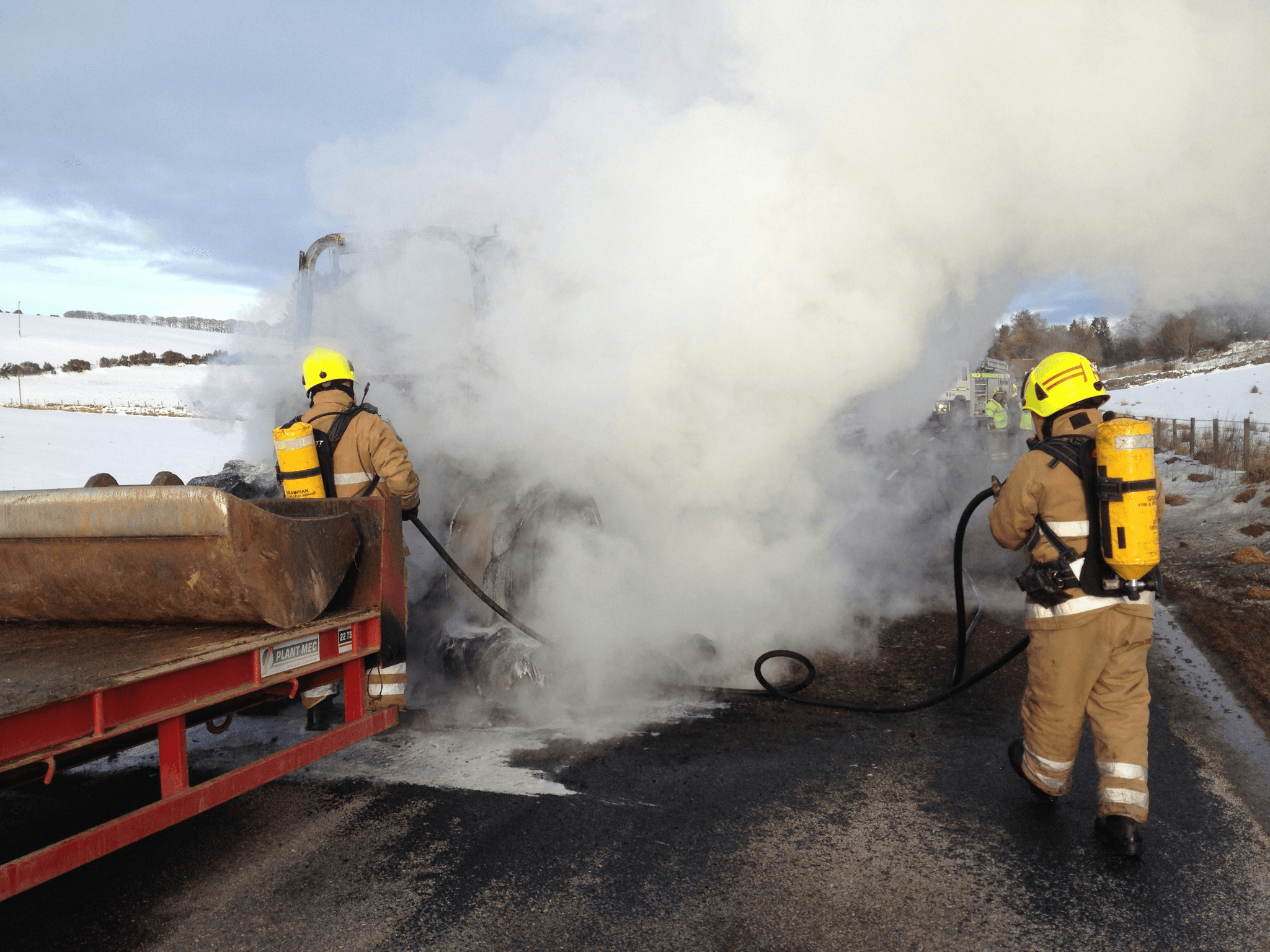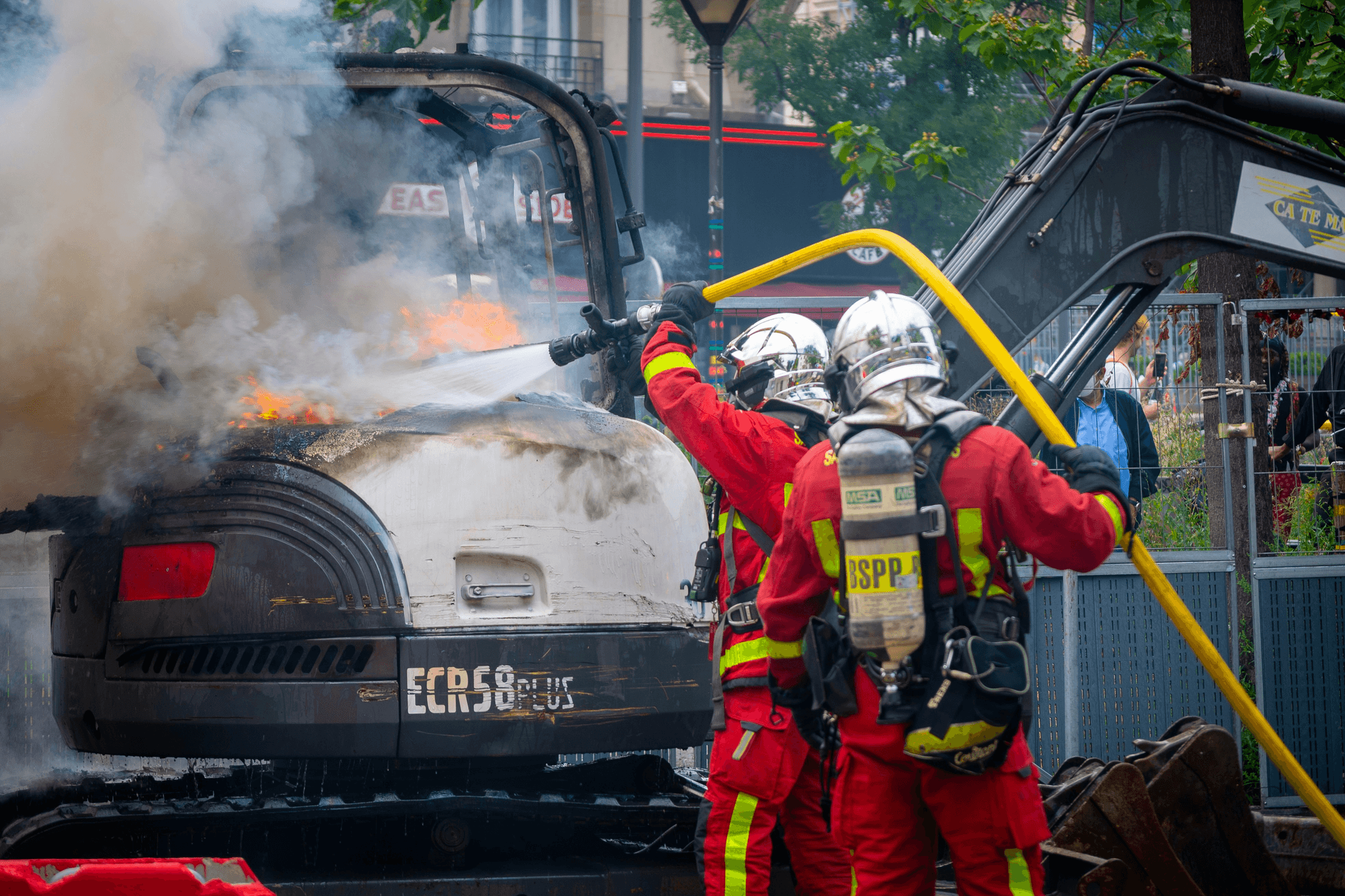Introduction

In the realm of fire safety, understanding fire fighting foam equipment is crucial for effective response during emergencies. Firefighting foam has become an indispensable tool in combating various types of fires, particularly those involving flammable liquids. Its unique properties not only suppress flames but also prevent re-ignition, making it a vital component in modern firefighting strategies.
Understanding Fire Fighting Foam Equipment
Fire fighting foam equipment encompasses a range of tools and systems designed to deliver foam effectively to the fire scene. This includes specialized nozzles, tanks, and pumps integrated into a Foam Fire Truck or standalone units that can be deployed quickly. By utilizing advanced technologies and formulations, these systems ensure that firefighters have the right resources at their fingertips to tackle even the most challenging blazes.
Importance of Foam in Firefighting
Foam plays a critical role in firefighting by smothering flames and cooling hot surfaces, which helps to control and extinguish fires more efficiently than water alone. The use of firefighting foam can significantly reduce water damage while providing superior coverage over flammable materials. This makes it especially important for industries where hazardous materials are present, as effective use of fire fighting equipment can save lives and property.
How Foam Fire Trucks Enhance Fire Fighting
Foam Fire Trucks are equipped with advanced fire truck foam systems that allow for rapid deployment and application of firefighting foam directly onto the blaze. These trucks often come with built-in tanks that store different types of foam in fire fighting applications, ensuring versatility on the scene. By enhancing mobility and efficiency, Foam Fire Trucks empower firefighters to respond swiftly to emergencies, ultimately improving overall safety outcomes.
Overview of Fire Fighting Foam Equipment

Types of Fire Fighting Foam
Understanding the types of foam in fire fighting is essential for any firefighting operation. There are primarily two categories: Class A foams, designed for ordinary combustibles like wood and paper; and Class B foams, which are tailored for flammable liquids such as gasoline or oil. Each type has its unique formulation and application method, making it vital to choose the right fire fighting foam equipment based on the specific hazards at hand.
Components of Foam Fire Trucks
A typical Foam Fire Truck is equipped with various components that work together to deliver effective firefighting capabilities. Key elements include a pump system capable of mixing water with foam concentrate at precise ratios, specialized nozzles designed to create an effective foam blanket, and storage tanks for both water and foam concentrate. The integration of these components ensures that fire fighting trucks can quickly deploy a powerful stream of firefighting foam when every second counts.
Benefits of Using Foam Fire Systems
The advantages of utilizing fire fighting equipment that incorporates foam systems are substantial. First off, these systems enhance extinguishing efficiency by creating a barrier between fuel sources and oxygen—essentially starving fires before they can spread further. Additionally, using firefighting foam minimizes water damage during suppression efforts while also reducing harmful runoff into surrounding areas; this makes it an eco-friendlier option compared to traditional methods.
Types of Foam in Fire Fighting

Class A and Class B Foam Differences
Class A foam is designed primarily for ordinary combustibles like wood, paper, and textiles. It works by reducing surface tension, allowing water to penetrate these materials more effectively and cool them down quickly. On the other hand, Class B foam targets flammable liquids such as gasoline or oil; it forms a barrier that suppresses vapors and prevents reignition—essential for any fire truck foam system.
The choice between these two types often depends on the materials involved in a fire incident. For instance, if you’re dealing with a structure fire involving wooden beams, Class A foam would be your go-to option. Conversely, if you find yourself facing an oil spill at a refinery site, then Class B foam becomes indispensable in your arsenal of fire fighting equipment.
Understanding these differences helps ensure that firefighters are equipped with the appropriate fire fighting equipment when responding to emergencies. Whether it’s a Fire Fighting Truck or specialized firefighting gear, having knowledge about types of foam in fire fighting can significantly enhance response effectiveness.
AFFF vs. FFFP Foam
Aqueous Film Forming Foam (AFFF) and Film Forming Fluoroprotein (FFFP) foams are both popular choices among firefighting professionals but serve slightly different purposes within their respective applications. AFFF is well-known for its ability to create a thin film over flammable liquids which helps suppress vapors effectively; this makes it particularly useful in aviation and industrial settings where fuel spills are common.
On the flip side, FFFP offers enhanced protein-based components that make it more effective against polar solvents—liquids that mix poorly with water—and can also perform well on hydrocarbon fires. When choosing between them for your Firefighting Foam needs or when outfitting your Fire truck foam system, consider factors such as environmental impact regulations and specific operational requirements.
Ultimately, both foams have their place within modern firefighting tactics; knowing their strengths will help you make informed decisions when sourcing fire fighting equipment for sale that best fits your operational needs.
Choosing the Right Foam for the Job
Selecting the appropriate type of firefighting foam requires careful consideration of various factors including fuel type, environmental conditions, and regulatory compliance standards. For instance, if you're responding to an emergency involving hazardous materials like chemicals or fuels prone to vapor release—like those found in many industries—a specialized type of Class B foam may be necessary to ensure safety and effectiveness.
Additionally, consider compatibility with existing fire fighting equipment; not all foams work seamlessly with every Fire Fighting Truck or other systems already in use. Always consult product specifications when evaluating options from suppliers offering quality fire fighting equipment for sale—this ensures you’re making an informed decision based on comprehensive data rather than guesswork.
In summary, understanding types of foam in fire fighting equips teams with essential knowledge needed during critical moments where time is of the essence! The right choice not only enhances safety but also improves overall efficiency during operations involving complex scenarios requiring precise application techniques.
Features of Haisen's Foam Fire Truck

Overview of Haisen's Design
The design of Haisen's Foam Fire Truck is nothing short of revolutionary in the realm of fire fighting equipment. Its sleek exterior not only looks impressive but also maximizes aerodynamics for better fuel efficiency. Inside, the layout is intuitive, featuring strategically placed controls that allow operators to deploy firefighting foam quickly and effectively during emergencies.
Performance Capabilities of Haisen's Truck
Haisen's Foam Fire Truck boasts remarkable performance capabilities that make it a favorite among firefighting units worldwide. Equipped with high-capacity pumps and a robust Fire truck foam system, this vehicle can deliver a variety of fire fighting foams at impressive rates. Whether tackling Class A or Class B fires, the truck ensures optimal coverage and effectiveness while using minimal resources.
Applications in Various Industries
Haisen’s Foam Fire Truck is not just limited to traditional firefighting; its applications span various industries including aviation, petrochemical facilities, and even municipal services. In environments where hazardous materials are present, this fire fighting foam equipment proves essential for quick containment and suppression of flames. The versatility in types of foam in fire fighting allows it to address specific challenges across different sectors effectively.
Best Practices for Fire Fighting Equipment

Regular Maintenance of Foam Fire Trucks
Regular maintenance of foam fire trucks is essential to keep the fire truck foam system in peak condition. This involves routine inspections, testing of foam systems, and checking for any wear and tear on hoses and nozzles. Neglecting maintenance can lead to malfunctions during critical moments when effective firefighting equipment is needed most.
Firefighting foam requires specific handling and storage conditions; therefore, it's important to ensure that all components are functioning properly. Regularly updating inventory records of fire fighting equipment will help departments identify when replacements are necessary or when new types of foam in fire fighting should be integrated into their arsenal. Ultimately, a well-maintained Foam Fire Truck not only protects firefighters but also enhances community safety.
Proper Use of Fire Fighting Foam Equipment
Proper use of fire fighting foam equipment is vital for achieving successful firefighting outcomes. Understanding the different types of foam in fire fighting—such as Class A or Class B foams—can significantly impact how effectively a blaze is extinguished. Each type serves unique purposes; hence knowing which one to deploy can make all the difference between success and failure.
Moreover, operators must familiarize themselves with the specific features of their fire truck foam system, including nozzle adjustments and flow rates. Misuse or improper application can lead to ineffective suppression efforts or even worsen the situation by spreading flammable materials further afield. Therefore, always consult manuals and follow manufacturer guidelines when utilizing firefighting equipment.
Training Personnel for Effective Foam Application
Training personnel for effective foam application cannot be overstated; it’s an investment that pays dividends in emergencies. A well-trained team knows how to deploy various types of firefighting foams efficiently while understanding their limitations in different scenarios. Regular drills not only build confidence but also ensure that everyone understands the operational protocols associated with using a Foam Fire Truck.
Incorporating real-life simulations helps staff practice under pressure while familiarizing them with handling complex situations involving hazardous materials or large-scale fires. Additionally, training sessions should cover new advancements in firefighting technology so that teams stay up-to-date with modern practices in utilizing fire fighting equipment effectively. Ultimately, well-trained personnel are key players in minimizing damage during emergencies while maximizing safety.
Where to Find Quality Fire Fighting Equipment for Sale

When it comes to acquiring fire fighting foam equipment, knowing where to look is half the battle. The market is filled with options, but not all suppliers offer the same level of quality and service. Whether you're in need of a Foam Fire Truck or a specific fire truck foam system, identifying trusted suppliers can make your purchasing journey smoother and more reliable.
Trusted Suppliers of Foam Fire Equipment
Finding reputable suppliers for fire fighting equipment can be daunting, given the myriad of choices available. Look for companies with a solid track record in providing high-quality fire fighting foam equipment and excellent customer service. Additionally, consider suppliers who specialize in various types of foam in fire fighting, ensuring they have the expertise needed to guide you through your options.
A reliable supplier will not only provide you with top-notch products but also offer support services such as training and maintenance advice on your Foam Fire Truck or other firefighting systems. Online reviews and testimonials can also shed light on the experiences of previous customers, helping you gauge the supplier's reputation further. Don’t hesitate to ask questions; a knowledgeable supplier will be eager to assist you in making an informed decision about your fire fighting equipment purchase.
Comparing Prices and Features
Once you've identified potential suppliers, it's time to compare prices and features of their offerings. Different models of firefighting trucks may come equipped with varying capabilities tailored for specific applications, so understanding these differences is key when evaluating options. Take note that while price is important, it should not be the sole factor; consider what features each Foam Fire Truck provides that align with your operational needs.
Investigate aspects such as pump capacity, foam delivery systems, and ease of use when comparing different fire truck foam systems from various manufacturers. Some equipment might come at a premium due to advanced technology or superior materials used in construction—these factors could enhance durability and performance in real-world scenarios. Ultimately, finding the right balance between cost and functionality will ensure that you invest wisely in your firefighting arsenal.
Evaluating Equipment Durability and Reliability
Durability should be at the forefront when searching for quality fire fighting equipment for sale; after all, this gear needs to withstand extreme conditions while performing under pressure. Investigate materials used in construction—stainless steel components often provide longevity compared to plastic alternatives which may wear out quicker over time. Additionally, inquire about warranties offered by manufacturers; robust warranties often reflect confidence in product reliability.
Reliability goes hand-in-hand with durability; equipment that consistently performs well can save lives during emergencies by providing effective firefighting solutions without failure. Look into user feedback regarding long-term performance from those who have already invested in similar firefighting trucks or foam systems—real-world experiences can offer invaluable insight into how well specific models stand up over time under various conditions. By thoroughly evaluating both durability and reliability before making your purchase decision, you'll ensure that you choose fire fighting foam equipment that meets both immediate needs and long-term expectations.
Conclusion

In the world of firefighting, having the right fire fighting foam equipment can make all the difference between a small incident and a raging inferno. From specialized Foam Fire Trucks to advanced fire truck foam systems, these tools are essential for effective emergency response. Understanding the various types of foam in fire fighting is crucial for selecting the most appropriate equipment for each unique situation.
Recap of Essential Fire Fighting Equipment
The backbone of any firefighting operation includes robust fire fighting equipment designed to combat various types of fires effectively. Foam Fire Trucks equipped with advanced fire truck foam systems provide firefighters with an edge when tackling flammable liquid fires or hazardous materials incidents. By utilizing different types of foam in fire fighting, such as AFFF or FFFP, responders can tailor their approach to maximize safety and efficiency.
Future Trends in Fire Fighting Foam Technology
Looking ahead, advancements in fire fighting foam technology promise to enhance the capabilities of existing firefighting equipment significantly. Innovations such as biodegradable foams and improved delivery systems are on the horizon, aiming to reduce environmental impact while maintaining effectiveness against flames. As manufacturers continue to develop smarter and more efficient fire fighting equipment for sale, firefighters will be better equipped than ever before.
Maximizing Effectiveness with Fire Fighting Foam Systems
To truly maximize effectiveness with fire fighting foam systems, consistent training and maintenance are key components that should never be overlooked. Regular checks on foam quality and system functionality ensure that firefighting trucks are always ready for action when emergencies arise. Additionally, equipping personnel with knowledge about different types of foam in fire fighting will empower them to make informed decisions during critical moments.
